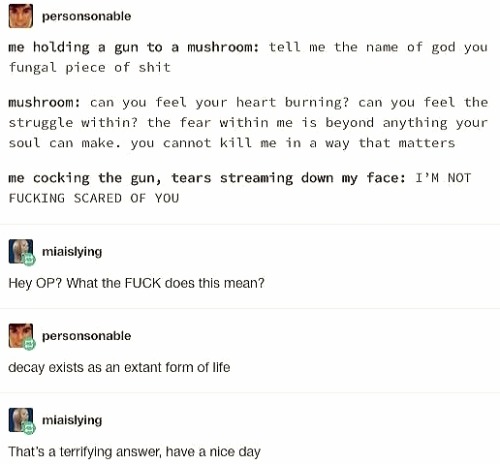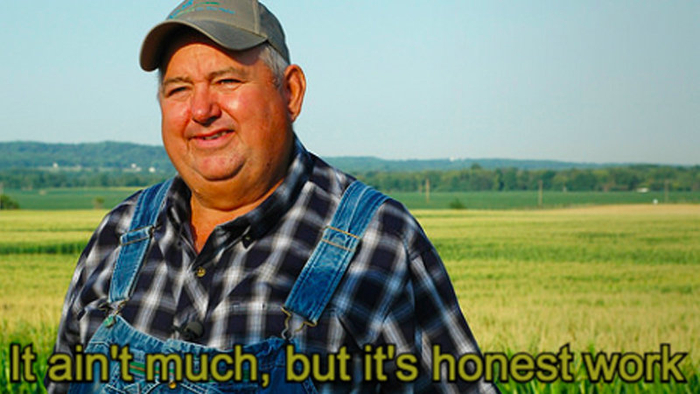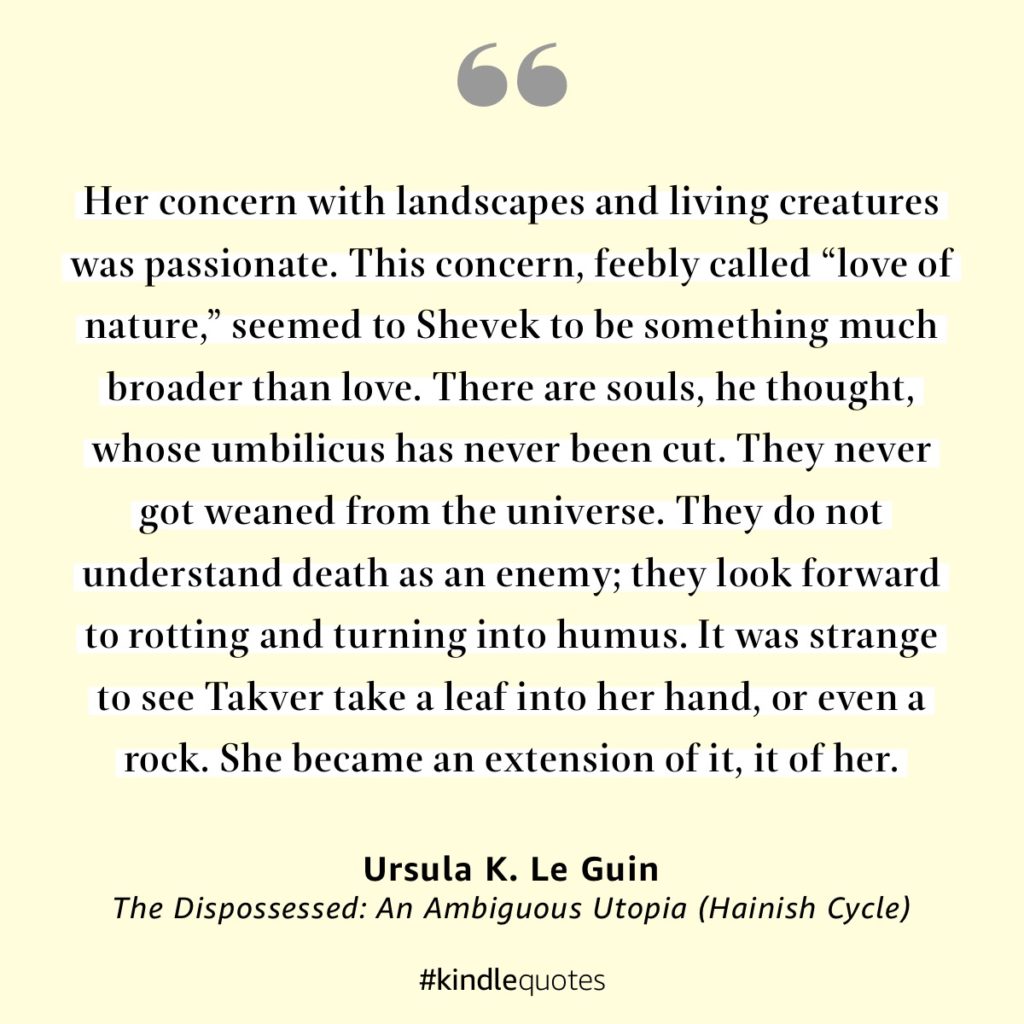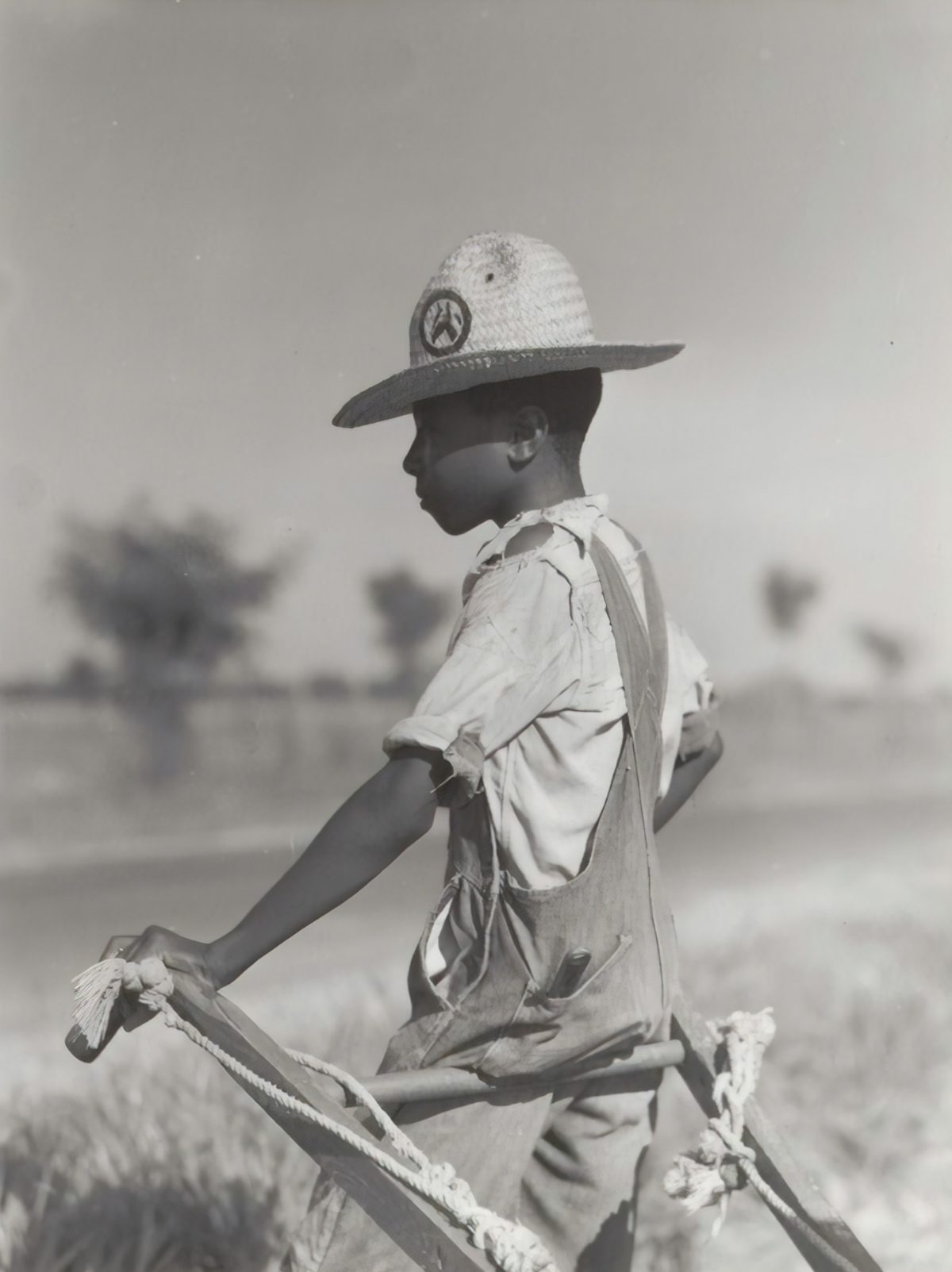This morning — now afternoon! — I have thoughts about history, inspired by an Atlantic article about the 27th grievance of the Declaration of Independence, and a dumb billboard in Milford, Connecticut.
Reading the Atlantic article, I was reminded of the Faulkner quote, “The past isn’t dead. It’s not even past.”
What that quote means to me is: the “past,” history, isn’t a discrete set of events, unlike we are often taught. The past doesn’t just affect the modern world — it is that world. It’s the air we breathe, the water of the ocean we’re swimming in, the forest we can’t see for the trees.
And the fact that not everybody realizes that? I blame on how history is taught, at least in American primary and secondary schooling.
Not the teachers, mind you. I know they’re doing the best they can with increasingly limited resources, and in states with standardized testing, they have to teach to the test. I grew up in New York state, where we have the Regents exams — where, for example, all of non-American history is collapsed into Global Studies, which you take your freshman and sophomore years of high school. American History is your junior year, and Government/Civics is your senior year — i.e. more American history. Here in Massachusetts, there are the MCAS, which I imagine are much the same
In this model, you don’t have time for detail or nuance. The questions on the various history Regents exams always boiled down to a series of vocabulary words. What is anarchism? What was the triangle trade? What was impressment?
You get the erroneous idea, from this 20,000′ overview, that history is a period of time from X to Y, i.e. World War I lasted from 1914-1918, and that’s it. It blew my mind when I learned that the roots of it go back to the early 19th century, when Europe was divided up somewhat arbitrarily after Napoleon’s defeat. (I only learned this because I played Viscount Castlereagh, the architect of the Congress of Vienna, in a larp!)
(Come to think of it, I’ve learned more history from larping than any book or class. Making sure Europe gets divided up in a way that won’t cause war is suddenly INCREDIBLY RELEVANT when you spend four hours trying to accomplish that while Benjamin Franklin comes back from the grave, the magical ruler of Europe is appointed, and George III is cured of his madness).
And of course, that goes back to Napoleon, and how he came to power, and that would not have happened without the French Revolution, which had its roots in the American Revolution, and Enlightenment thinking. And that was tied to the Protestant Reformation, which in part came about because Henry VIII was hot for Anne Boleyn (also because Martin Luther was het up about the excesses of the Catholic church).
(One thing I notice in all this is how ignored the 17th century was in history books. It’s kind of like it never existed! I seriously thought it was the Boring Times between the Tudors and the American Revolution for so long. I mean, yes, some crazy fundamentalists landed in what is now Massachusetts in 1620, but I don’t think I even knew that was the date until recently. And yet, the Stuart kings, and the English Civil War, the 30 Years’ War, and the courts of Louis XIII and XIV are incredibly fascinating, and full of sex, booze, and airs de cour).
History is a narrative, is I guess what I’m saying, which follows a logical chain of action and reaction. It’s not always the most satisfying narrative, admittedly, which perhaps is why it seems unappealing at first glance. Like a narrative, history is shaped by the authors (history, victors, etc); and like fiction, sometimes people come in generations later and have to revise it, because it turns out there’s no such thing as a neutral point of view, and look, there’s an angle we’ve entirely neglected. (See: books about how great Genghis Khan was for the Western world).
History literally means “story.” They’re the same word in French, in fact: histoire. (Perhaps that’s why the French felt the need to come up with the word roman — romance, or “novel” in modern usage). I suspect the same is true in Latin, too.
And so history is best taught as a story, a narrative. But so rarely it is, unless you are exceptionally lucky or diligent. It especially wasn’t in New York state, because by the time we were old enough to understand the nuance of history, we had the aforementioned awfulness of the Regents. No history book ever presented history to me like this. (Okay, maybe in the introduction, but what high schooler reads those?)
Honestly, looking back on it, my best history teachers were from middle school, before the Regents — Mr. Canon and Mr. Zeglis in 6th? 7th? grade? My classmates used to tease them for their inability to stay on topic. (Because ALL OF FUCKING HISTORY IS AN INTERESTING SIDE QUEST, I now know). I used to wonder how Mr. Canon knew so much about all the American presidents; when I asked, he described it as a card catalog drawer, where once he opened the drawer, a series of facts just spilled out. I didn’t understand his metaphor until I was an adult; I now can do the same thing for a large swath of British royals.
(Why I, a USian, don’t focus on presidents, I don’t know. I did try at one time to memorize them, but all I learned was that a) Washington didn’t become president until long after the revolution — 1789 — and 2) that presidents were inaugurated in April for many years. If I knew more which presidents were queer, maybe I’d be more interested).
(Yes, I know that was probably true of Lincoln — hence the phrase “log cabin Republican” — but I don’t know any of the details).
(See: digressions re: history).
The first person who taught me history in the form of a narrative wasn’t a teacher. It was my mom’s friend Victor (now sadly passed), who took care of me when my father was in the hospital in Albany for a cardiac bypass. Victor loooooved to talk about history, and when he did, it was fascinating to me. In the week or so I was there, I learned about Napoleon and his conquest of Europe, and Elba, and the 100 days; I even learned that his horse was named Marengo. Speaking of horses, he told me the spurious legends about Catherine the Great (very euphemistically; he was deeply Catholic), although he failed to note how INCREDIBLY BADASS she was. I learned, too, about the death of Stalin (theoretically; the whole story about everyone being too scared to check on him when he was locked up in his library may ALSO be spurious).
That his facts were muddled was not super important to me, then or now. What was important was that he was the first person to put history in an appealing, campfire story, “no shit, there I was” way for me.
… also he had a seemingly-endless stock of Snickers bars in his fridge, which probably helped.
When I went to France, I was living in the midst of history, in a way I never felt like I was in Plattsburgh, New York. (Which is wrong, but I was ignorant at the time. American history is shorter, true, but just as deep). It was absolutely uncanny to me to walk by a series of 17th century towers on my way to school. One of my short-term host families lived over the ruins of an 11th century abbey, and had a picture window looking out on it. I was awed by it, but they just shrugged. “You get used to it. You can get used to anything.”
(I often wonder if I have become inured to the sheer “oldness” of the Old World, and thus wish I could see it through Matt’s eyes — he who had never been to Europe before we traveled to England for Consequences the first time. Was he as awed by the Tower of London as I was by the bay towers of La Rochelle, as an impressionable 16 year old girl?)
Even so, I still didn’t appreciate the depth of the historical context I was living in, there in La Rochelle. I knew vaguely that it was the birthplace of French Protestantism, because there was a museum about it in town — which I never went in, even though I walked by it every time I went to the post office. (Because “ho hum, the 17th century, THE BORING TIMES”). There is a famous painting of Cardinal Richelieu, striding across the earthworks around La Rochelle, that is ERRYWHERE in that city and yet I had no idea that a giant chunk of The Three Musketeers, one of my favorite novels — the work that inspired my current novel — is set there. (Admittedly, I hadn’t read it at the time). I skipped class to go to the beaches on Ile de Ré, watched the QEII come into port from there, took pictures of the black lighthouse and the donkeys wearing pants, and didn’t know a single thing about my beloved George Villiers, Duke of Buckingham’s failed attempt to land an army there.
I desperately wanted to see the castles of the Loire — I was obsessed with Saumur, depicted in Les Tres Riches Heures of the Duc de Berry — and I was peeved that my host parents generally considered it “too far” to travel, in European terms. But somehow the giant U-boat base in La Rochelle harbor from the Nazi occupation, or the colorful tuberculosis sanitarium houses of Chatelaillon, or tiny Brouage, birthplace of Samuel de Champlain, were just, I dunno, not enough.
(Pro-tip: there is no period of history too boring, no Atlas Obscura site too obscure, if you just dig a little deeper).
I didn’t understand the impact of history on the French psyche, even while I lived among them; I scoffed at the French obsession with World War II, even as I knew the reason the French landscape was so barren of trees was because it was literally an occupied territory during the war. When I did get to Saumur, I discovered that it was not quite the picture of Loire Valley brilliance that I had hoped, since first Napoleon, then the Nazis, had gutted it.
Heck, I was a jerk to one of my schoolmates about something related to World War I, and he literally never spoke to me again. I had recently learned about the Maginot lines — the defensive lines the French had built on their border with Germany — and how the Kaiser’s forces had just marched around them at the start of World War I to attack France. I teased my classmate about them, and the French national spirit (I can’t recall exactly what I said; I know it wasn’t quite “cheese-eating surrender monkeys,” but it still wasn’t very kind). Perhaps I was proud of the fact that I had learned enough French to tease people, or perhaps 16-year-old Lise was just a jackass.
It wasn’t until I listened to Dan Carlin’s series about WWI, “Blueprint for Armageddon,” in the YEAR OF OUR LORD 2013, that I learned that marching around them meant GOING THROUGH BELGIUM. Or how quickly that happened, and how unexpected and traumatic that was for France and Belgium both. So my ignorance of history ruined a friendship with someone who, up until that time, had been one of my closest allies in class. (I’m sorry, Sylvain. You were a cutie and a much better person than me).
Anyway… that’s a lot of words to say: no wonder historians shake their heads and say we’re doomed to repeat history. We are constantly, aggressively taught history in terrible ways. We sanitize the interesting parts for young minds, even though humans have always been led around by the most venal motivations, including sexual desire. (As one of the main characters of my novel would say, “The roots of empire are astonishingly shallow”).
I heard a lot, growing up, that it “wasn’t important” to learn dates of events and the names of great people, and that is a philosophy I’ve come to disagree with deeply. It’s true that it’s only a small part of history, and that precise dates aren’t super important (I could tell you the American Civil War was in the 1860s, and what women were wearing at the time, but exact years, or months? Sorry).
But dates and titles ground us in place. If history is a story, the dates are the setting, and the “great men” (as in the Great Man theory of history; I am well aware they are not all men, nor even all cisgender) are the characters.
Knowing that Henry VIII was a horndog who couldn’t keep it in his pants is, you know, pretty important to our world today. Or, for a non-Western example, knowing about the Mongol conquest of China tells you a lot about the Song dynasty and what replaced it. (And, for that matter, the Coleridge poem “Kubla Khan”).
“The truth about stories is that that’s all we are,” said the First Nations writer Thomas King, and that’s true for history, too. In this way, words — literature — and history are intimately intertwined, too.
For example, knowing that Shakespeare was writing mostly during the late Elizabethan era tells you a lot about his works: like how he was trying to flatter Tudor sensibilities in writing Richard III, because Elizabeth I is, after all, the granddaughter of that guy wot shows up at the end of Richard III and saves the day. (I seem to recall a theater program for Richard III once calling it “an exquisite piece of Lancastrian propaganda”).
Similarly, the “buy war bonds!” stamp on the end of Dragonwyck tells you a lot about that movie and the end of World War II (as well as the 1840s it’s set in, the rent wars of 1844, and the Dutch diaspora in upstate NY). Knowing that the movie Cuban Rebel Girls was made in 1959 doesn’t make it less terrible, but it does make you appreciate the absolutely batshit history of the Cuban Revolution, how that movie got made, and how it ended up as Errol Flynn’s last film.
When I realized the interconnectedness of history and stories — long after my time with Victor, or any formal history classes — I started to see history as a tapestry that we are still weaving, whose warp and weft threads lead back not just hundreds, but thousands of years. (And, on a geological scale, millions!)
I have a certain fatalism about it all, I guess. (“Amor fati,” more like, but I know just enough about the Stoics to be mad that execrable human beings like Ryan Holiday are profiting off work that is available for free to anyone with an internet connection). Whether we learn history or not, we are doomed to repeat it — because we are humans, ruled by the human vices that make history.
Does that mean we’re doomed to a world, a life, that is “nasty, brutish, and short,” to quote Hobbes? No — I think there’s hope. Human ethical progress is only increasing, even if supposedly we fail to learn history’s lessons. I have many issues with the author Sam Harris these days, but in his book The End of Faith, he made a really smart observation: compare the American reaction to the My Lai atrocities during the Vietnam War to the outrage about the abuses of Abu Ghraib prison. Even in thirty-ish years, the world — words — had come a long way.
Even through my lifetime, I’ve seen the change. There are words, labels for concepts that didn’t exist when I was young. How much more rich would my life have been, how less painful, if I knew I had ADHD from a young age? If I knew that asexuality and demisexuality were real things, and not something I needed to fix? How would I have taken my extremely close friendships with my female friends in high school, if I understood it was possible to be panromantic but not pansexual? Might I have felt less like I was wearing a costume, all the days of my Catholic school life, if I understood that that gender was a construct?
“Your neurodiversity/sexual orientation/gender identity have nothing to do with history, Lise,” I hear you say, but I reply:
Yes, they do.
History is stories.
Stories are everything.
History is everything.
I was going to end there, but one last shameful story about me, my relationship to history, and a hurtful, racist thing I once said to someone in my book club — as an adult, just out of college, before I knew what I wrote above. Stop now if this is the kind of thing that’s going to ruin your day. I’m not out to hurt anyone, and I’m not looking to absolve my white girl guilt here; if I were still in touch with the person I hurt, I would apologize directly. (Sorry, Mary).
I’m putting it here because it seems dishonest and reckless not to include it — to omit the fact that this is the kind of shitty thing I once did, while I write a long meditation about my supposed enlightenment re: history.
(History is racism, too).
Context: I had just read the book The Shadow University — which is an interesting book about the erosion of academic freedom in American universities, but also (I now know) conservative and not always accurate. One of the things the book rails against is how modern history textbooks include more perspectives of traditionally marginalized people, “disproportionate” to their “actual” role in history. In a refrain familiar to anyone who spends time on the Steam forums for Crusader Kings II, the authors insisted they weren’t sexist/racist/whatever; they just cared about “historical accuracy.”
At the time I didn’t question what they thought was “disproportionate” representation. I didn’t think about how the contributions of women and POC have been stolen and diminished throughout history. I didn’t truly appreciate how history takes on the perspective of the person who writes it; how “historical accuracy” is an illusion, created by how we turn the camera to look at our fellow humans. I took it as law: it was in a book, they were talking about history; therefore it was just as verifiable as something out of science.
So when I saw the daughter of another book club member studying her history textbook at another table at one meeting, I made some offhanded comment to her mother like, “I hope the textbook doesn’t overrepresent women and minorities.”
(Because I was a complete bonehead, I was saying this to a woman I knew was married to a Chinese-American man, and whose daughter was mixed race).
I don’t even remember what she said in the moment, but I do know that later on she “accidentally” CCed me on an email telling another club member how much she disliked me and how she didn’t want to spend a weekend on an island with me, so, you know… that’s a thing.
I hope that — knowing what I know now, having written what I wrote above — that’s the last stupid historical hill upon which I destroy a friendship.
Now, whether or not the HMS Bounty mutiny came out of a torrid affair between Fletcher Christian and Captain Bligh? That is the sort of hill I will die on.
(Featured image photo credit: The New York Public Library on Unsplash)



